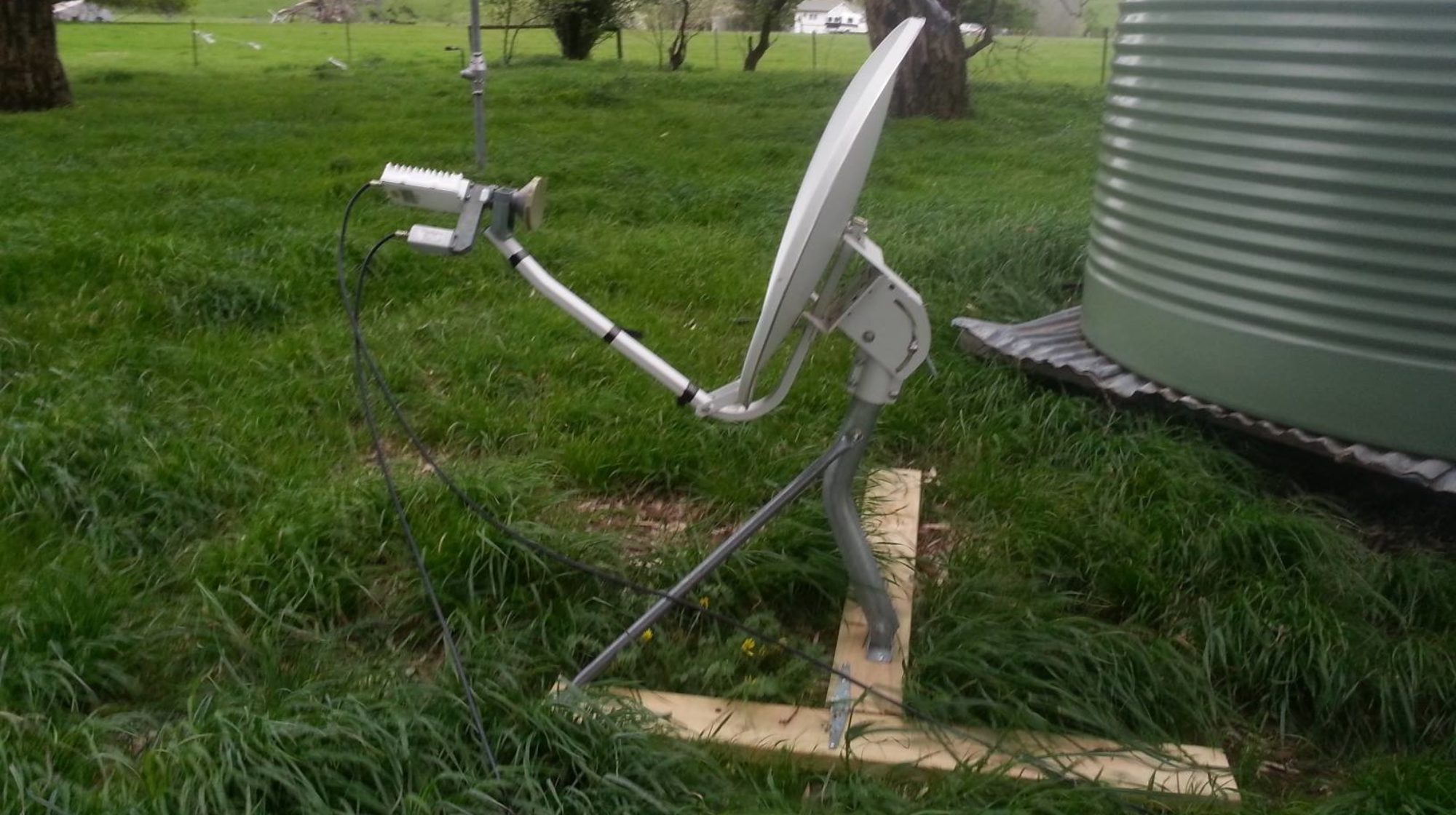Digital Receipts is an area through which a vast amount of time has been delegated overtime. The material fact that industry as a whole believe thermally printed receipts, provided to customers, is the best that they can do; I find to be, offensive, and you should too. Work did need to be done on a web-payments standards, but that’s now well and truely developed; with lots of big companies engaged.
The problem is of course; even if they were to transfer to a machine-readable receipt system, where would ‘consumers’ store their digital receipts?
The answer to that problem, is a knowledge banking industry.
There are a variety of data-models that have been available for sometime, providing the means to define a ‘machine readable digital receipt’ model. these existing tools include ArtsXML. The benefits of producing, storing and maintaining an achieve of digital receipts has so many beneficial uses, from the ability to manage warranty’s for product purchases, through to the ability to accounting / book-keeping benefits; and the ability to build new products, such as the means for people to donate products and services to those in need (such as homeless persons, on the street, who have specified needs).
Therein; one way to explore the potential benefits is brought about by simply looking at food. The french based OuiShare Lab group, have produced some work on a ‘food dashboard‘ some years ago. Through the links provided, the means to track food from farm (or factory) to consumption, is brought about.
This information can in-turn be used to improve customer choices, about the lived welfare of animals, they consume. To look at the overall energy cost of having been provided a product; or how the treatment of it, may alter the biological benefits provided to a person. The use of food-supply chain techniques can be used clinically, to identify what foods a person should not be eating due to their own unique biological condition, which may also have environmental factors; which in seeking to track it all down, can improve immeasurably, through the use of a digital receipt system.
The benefits of local industries can be made clearer; and market forces driving improved information to consumers, can assist with the development, delivery and proliferation of new products and services that improve health and wellbeing.
In other areas; the ability to ensure manufacturing practices are environmentally friendly; The ability to ensure solar panel purchases, take into consideration the means through which the toxic waste products are processed as a constituent of the overall environmental benefit of the product.
Digital receipts offer an array of remarkable benefits. Amongst all of this, is also the means to translate value to brand equity.
The ability to improve services surrounding the delivery of ‘digital receipts’ implicitly also supports a social-graph capability that provides support for ‘loyalty relationship’ management. If a consumer (customer) wants to share and engage; they can, its all baked into the way digital receipts can work.
New economic models can emerge through DID’s and Ledgers, as was noted about tracking coffee-cups; and in this new age of ‘open banking’, the means for financial institutions to improve their service offerings and differentiate themselves from their competitors may well come down to the semantic infrstructure they build, for industry specific requirements.
Whether it be ensuring customers are returning clothes less often, or building a new clothing manufacturing industry based off the back of measurements
The problem that’s been holding it all up, is the ability to store this valuable, personal and private information somewhere secure, like a knowledge banking industry.
